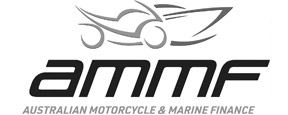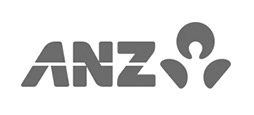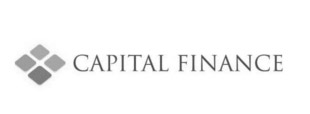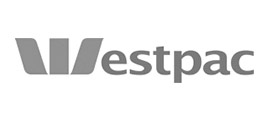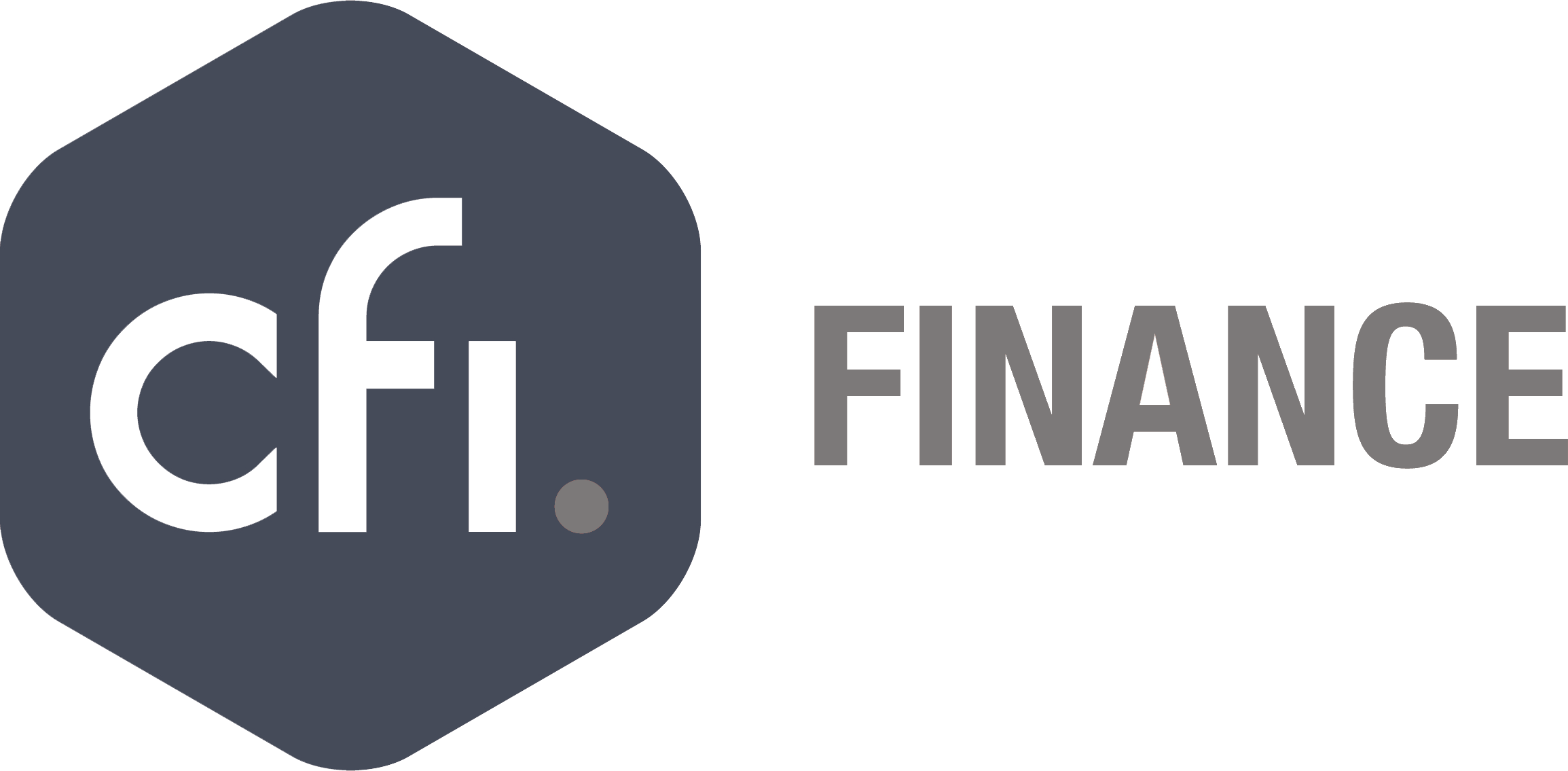As we move into the back end of the financial year, tradies and suppliers should be looking to balance their books. But since cash flow is the lifeblood of business, you need to make sure you’re managing your money.
Here are seven tips to master your cashflow:
1. Go digital
The trend of managing money on your tablet is unlikely to slow. There are myriad apps and software options to help you keep track of your cashflow, and they are designed to be user-friendly and easy to adopt. Use the technology to update invoices in between jobs and access options such as automatic invoicing and payment reminders for customers.
2. Fixed expenses
When it comes to fixed expenses such as loans, rent, and scheduled maintenance there should be no surprises. The big message here is to be aware of your cash inflow and outflow. Keep track of upcoming expenses including the amounts and their due dates to ensure funds are ready to meet regular expenses. Check in on your budget to ensure it stays on track.
3. Variables
Have a little slack in your budget to prepare for variable expenses. Consider unexpected costs such as extra payments to subcontractors, extra materials and shipping costs in your budget. Your variable expenses will increase relative to workload – the more work you have, the more variable costs incurred. For costs impacted by market forces such as insurance, it’s important to understand the likely increase in what you are paying this year compared to next year’s price. Financial advisers and brokers are a good source of information on market conditions.
4. Cash reserves
Cash reserves are critical. Keep any extra reserves in interest-earning accounts for emergencies – you’ll be giving yourself a financial high-five when the unexpected happens. Maintain another cash reserve for bills and unexpected shortfalls, which can be dipped into when the cashflow tide is low.
5. Out-of-pocket expenses
Drowning in receipts? Most software now has a mobile app that allows you to scan, upload and categorise your receipts for out-of-pocket and claimable expenses. Don’t wait until the end of the quarter to pull together your receipts from a shoebox. Keep on top of them and save yourself valuable time to ensure you get as much back as you can.
6. Invoice. Now.
Don’t wait. The faster an invoice is paid, the faster you have cash flowing back into the coffers. Encourage swift collection of payment in your business by invoicing straight after job completion.
Make it easy for your customer to pay by offering a variety of payment options such as direct debit or – even better – take cash on delivery. Payment terms and conditions and late payment interest penalties must be set out in your contract or quote with your customer. Ensure that these are made clear to your customer before beginning the job so they don’t fall foul of unfair contract term laws.
7. Know thy customer
Taking on new customers is always win. But you want to make sure they can pay. For new customers, large jobs or long-term contracts, ask for a deposit or set up a payment schedule. This goes for repeat customers who have a history of late payments. Don’t wait to chase them up. Contact lax payers upon invoicing and discuss options for payment.
Cashflow keeps the wheels of the supply chain turning. If you don’t get paid, then you can’t pay the subcontractor who then can’t pay for materials and the effect goes on.
Put these tips into practice to maintain positive cashflow throughout the year.
This article was originally published by OneAffiniti.com








